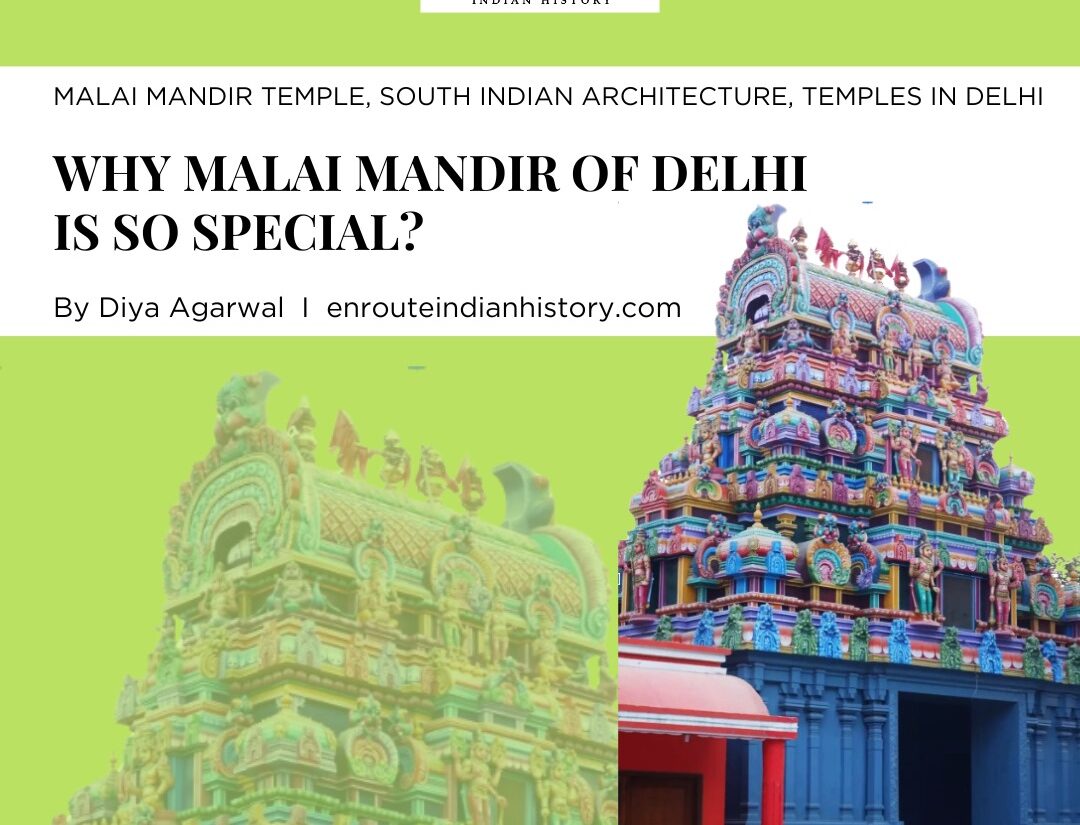

(HT Archive – Minto Bridge in 20th century Delhi)
Minto Bridge
The Minto Bridge is a railway underbridge, located at the traffic intersection of Deen Dayal Upadhyaya (DDU) Marg and Swami Vivekananda Marg (formerly Minto Road). It links Connaught Place on one side to the Ajmeri Gate of New Delhi Railway Station, Old Delhi, and Daryaganj on the other. It is presumed to be named after Gilbert Elliot-Murray-Kynynmound, the 4th Earl of Minto, who also served as the Viceroy of British India from 1905 to 1910. Despite being officially renamed the Shivaji Bridge, it is still popularly referred to by its old name.
There is not much concrete evidence to arrive at the construction date of the Minto Bridge, apart from the fact that it is a British India construction. RV Smith, a renowned historian and chronicler, suggests that the bridge was constructed in 1933. In contrast, AK Jain, an architect and former Commissioner (Planning) at the Delhi Development Authority, contends that the Minto and Hardinge bridges were constructed by the British in 1926 as part of the railway line realignment for the New Delhi Railway Station. According to the latter, the British designed the new railway line to function as a defensive barrier for New Delhi, probably due to the lingering memories of the revolt of 1857. In case of an emergency, they could block the Minto Bridge and Hardinge Bridge underpasses, sealing the city since these were the only entry points into New Delhi. Moreover, the Minto Bridge was deliberately constructed at a low height to preserve an unbroken visual connection between significant landmarks: the Jama Masjid in the walled city, Central Park in Connaught Place, and Parliament.

(HT archive – Crane pulling out a submerged DTC bus at Minto Bridge in Delhi on August 2, 1990. )
Minto Bridge has been in the news ever since the 1940s and 50s when it first started flooding during the Delhi monsoons. Even a few hours of rainfall can lead to severe waterlogging, turning the underpass into an impassable water body. Earlier, it used to shut down the traffic for some time to pump the water out. The 90-year-old bridge, shaped like a bowl, becomes inundated during heavy rains, posing risks to vehicles and pedestrians. Spanning a catchment area of one kilometer, the steep depression of the Minto Bridge underpass faces waterlogging issues due to water runoff from all the surrounding roads (Swami Vivekananda Marg and Connaught Place), the overflow of the DJB sewage line and with no effective drainage outlet to alleviate the problem.

(HT Archive – Evacuation of passengers from a bus submerged under water at the Minto Bridge in 1993)

(Arvind Yadav/HT photo – A bus submerged under water at Minto Bridge in 2020)
The British India Bridge is a historical structure that cannot be easily engineered again. It is not for the lack of efforts at the end of the government officials; various methods have been engineered but none have led to a permanent solution. The first step was undertaken on August 20, 1953, when KC Reddy (then Minister of Works, Housing, and Supply) addressed a query in the Rajya Sabha about the prevention of waterlogging below the Bridge by adding three extra pumps to the roads near the bridge to prevent rainwater from flowing into the low-lying area. Subsequently, in 1958, the first pump was set up in the underbridge as waterlogging had become a major issue in the Municipal House and was also part of the anti-flooding measures for Delhi at the time. Many plans for widening the bridge or adding more tracks and raising the height of the road beneath it were formulated in the 2000s but none of them were implemented. According to the Public Works Department (PWD), which manages the road, there are four suction pumps of 75 HP each installed at the underpass, ready to be used with two pumps in operation at present, and the remaining two are kept on standby.

(X, @AtishiAAP – PWD officials and Water Minister Atishi inspecting the Minto Bridge on 30 June, 2024)
Following the death of a 56-year-old truck driver in 2020 in the Minto Bridge underpass, a new monitoring system was installed. To battle the waterlogging issues at the Minto Bridge, the government also constructed alternative drainage lines and installed automatic water pumps. As part of these measures, two drains were built in 2021 near the Minto Bridge underpass and connected to an underground sump adjacent to the Minto Road pump house. Regardless of this,it again flooded this year. AAP Minister Atishi inspected the underpass and the pump installed but concluded that the recent waterlogging, despite the presence of the automatic pump house and alarm system, was due to the unexpectedly heavy rainfall Delhi received (288 mm) in such a short duration. The alertness and preparedness of the authorities can prevent the loss of life from the danger that Bridge has become.
REFERENCES
1. The Statesman. (2024). Waterlogging: Atishi inspects Minto Bridge underpass pumps and Chandrawal WTP. [online]
- Shrangi, V. (2020). Waterlogged since 1950s: Why Minto Bridge is Delhi’s flooding constant. [online] Hindustan Times.
- Sharma, M. (2020). A lot of water has flown under this bridge: The Minto mark on Delhi’s history. [online] Hindustan Times.
- Chingakham, D. (2024). Explained: Why Delhi’s Minto Bridge underpass gets flooded every year. [online] India Today.






















